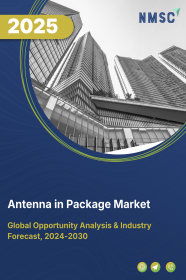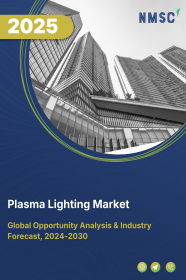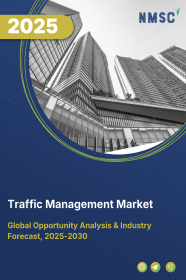
Traffic Management Market by Component Type (Hardware, Solution, and Services), by Systems (Urban Traffic Management & Control, Dynamic Lane Management, Predictive Traffic Modeling System, Incident Detection & Location System, and Other Systems), by Deployment Mode (On-Premises Deployment and Cloud-Based Deployment), and by Applications (Road Traffic Management, Rail Traffic Management, Air Traffic Management, and others) - Global Opportunity Analysis and Industry Forecast 2025-2030
US Tariff Impact on Traffic Management Market
Trump Tariffs Are Reshaping Global Business
Traffic Management Market Overview
The global Traffic Management Market size was valued at USD 40.60 billion in 2024 and is predicted to reach 87.82 billion by 2030 with a CAGR of 13.8% from 2025-2030.
The factors such as the rise in urban population, growing government initiatives, and rising car sales drives the market growth. However, the high costs associated with implementing advanced technologies pose significant challenges to market expansion. On the contrary, adoption of digital technologies including AI offers promising future opportunities to improve efficiency, reduce overcrowding, and enhance road safety.
Moreover, the top players such as Cisco Systems, Inc., SWARCO Holding, and Yunex Traffic are taking various initiates such as product launch and partnerships in order to enhance their market expansion. These initiatives are expected to manage traffic more effectively by offering real-time traffic monitoring and predictive analytics. With advanced solutions, companies are focusing on developing systems that operate under regulations and prioritize safety, efficiency, and environmental sustainability.
Increasing Urban Population Worldwide Fuels Market Growth
The growing urban population globally, driven by rural to urban migration for economic chances, causes overcrowded cities that significantly stress existing road infrastructure, leading to regular congestion. The development of sophisticated traffic management systems becomes crucial today to manage rising vehicle numbers while clearing congestion and improving safety and streamlining traffic flow for sustainable urban transport. The World Bank's latest report shows that urban residents now comprise 57% of Earth's total population while numbers remained at 56% in 2021. The traffic management market growth of urban settlements mandates enhanced traffic administration systems that address congestion problems while maximizing the capabilities of urban transportation networks.
Growing Government Initiatives Boost the Market Growth
Government agencies are directing their efforts toward implementing smart city initiatives to resolve city problems ranging from traffic congestion to inadequate transportation systems. These efforts increase the traffic management market demand for traffic control solutions by improving traffic flow and reducing congestion through data-driven tools, including adaptive signals and real-time monitoring.
Through its leadership role the World Economic Forum has established the G20 Global Smart Cities Alliance that promotes responsible technological applications to enhance urban transport including systematic traffic control. This alliance also aims to improve data collection and usage, directly influencing traffic strategies in smart cities.
Rising Car Sales Worldwide Drives Market Growth
The growing car sales worldwide serve as a crucial driver for the adoption of traffic control solutions, as it leads to greater vehicle volumes on roads and intensified traffic crowding. This enables the need for advanced traffic coordinated solutions as it offers real-time traffic monitoring, adaptive signal control, and integrated transportation systems. According to the International Energy Agency, global car sales rose by 5%, from 72.86 million in 2022 to 76.67 million in 2023, boosting the demand for better traffic management to improve road safety and flow.
High Cost Associated with Advanced Technologies Hinders Market Growth
The high costs associated with implementing advanced technologies for deploying traffic management solutions limits the market growth.
Adoption of Digital Technologies Creates Future Opportunities
Adoption of digital technologies including artificial intelligence (AI) driven analytics is expected to create ample growth opportunity for traffic management industry in future. These technologies enable real-time data collection and dynamic traffic optimization that improves efficiency, reduces overcrowding, and enhances road safety. For instance, in March 2024, PTV Group developed PTV Flows a cloud-based and AI-powered tool designed to help cities and road authorities proactively manage traffic flows. Thus, these AI driven solutions will significantly boost future growth by enhancing efficiency and safety.
Market Segmentations and Scope of the Study
The traffic management market report is segmented on the basis of component, systems, deployment mode, applications, and region. On the basis of component, the market is categorized into hardware, solutions, and services. The hardware segment is again divided into display boards, sensors, surveillance cameras, and others. The display board is further segmented into multifunctional boards, vehicle detection boards, and communication boards. The sensor is again classified into vehicle detection sensors, pedestrian presence sensors, speed sensors, and other sensors.
The solution segment is divided into smart signaling, route guidance and route optimization, traffic analytics, and others. The services segment is divided into consulting, implementation, and support and maintenance. On the basis of systems, the market is segmented into urban traffic management & control, dynamic lane management, predictive traffic modeling system, incident detection & location system, journey time management system, and adaptive traffic control system.
On the basis of deployment mode, the market is classified into on-premises deployment and cloud-based deployment. On the basis of applications, the market is categorized into road traffic management, rail traffic management, air traffic management, and maritime traffic management. The regional breakdown includes regions such as North America, Europe, Asia-Pacific, and the Rest of the World (RoW).
Geographical Analysis
Asia-Pacific holds the dominant in traffic management market share and is expected to continue its dominance during the forecast period. This is attributed to rising urban population in this region that drives demand of traffic control as it helps to tackle the rising vehicle volumes and traffic congestion. As per the data of World Bank Group, the urban population of India reached 36.3% in 2023 from 35.8% in 2022, showing a growth of 1.4%. Therefore, the rise of urban population in this region increases demand for solutions to enhance traffic control.
Moreover, increase in car sales within the region, fueled by improved living standards, is driving increased demand for traffic control systems. As vehicle ownership grows, higher traffic volumes necessitate these systems to optimize traffic flow and minimize delays. According to the International Energy Agency 2024, car sales in China reached 21.3 million in 2023, up from 20.3 million in 2022, marking a 5% rise within a span of one year. This surge in number fuels the traffic management market to efficiently manage growing road usage.
On the other hand, North-America is the fastest growing region in traffic management market driven by government investments to improve and expand transportation infrastructure. These efforts focus on modernizing roads, bridges, and urban transit, boosting the efficiency, safety, and sustainability of road networks.
According to Global Infrastructure Outlook, the U.S. infrastructure investment in 2022 accounted to USD 312 billion that rose to USD 326 billion in 2024, reflecting a 4% increase within a span of 2 years. Thus, this upward trend in infrastructure investment highlights the critical role of traffic control solutions in optimizing the performance and sustainability of modern transportation networks.
Also, the presence of key market players in this region such as Cubic Transportation Systems and Indra Air Traffic Inc. are adopting various business strategies including business expansion that in turn boosts the market growth in this region. For instance, in May 2023, Indra Air Traffic Inc. broadened its business activities in Kansas to enhance its market standing throughout the U.S. in air traffic management. As a result, the firm's growth in the U.S. market is anticipated to enhance the development of the air traffic management sector in this area.
Competitive Landscape
Various key players operating in the traffic management industry are Cisco Systems, Inc., SWARCO , Yunex Traffic, Kapsch TrafficCom AG, Thales Group, Cubic Corporation, IBM Corporation, Indra Air Traffic Inc., Chevron Corporation, PTV Planung Transport Verkehr GmbH, TomTom International BV., Teledyne FLIR LLC , Bercman Technologies AS, Q-Free A.S.A., Sensys Networks, Inc, and others. These companies continue to adopt various market development strategies including product launches to maintain their dominance in the market.
For instance, in December 2023, Thales Group launched a new air traffic control service center that focusses on providing comprehensive air traffic control solutions to enhance service delivery through aligned operational hours. This new initiative is projected to advance the traffic management market by driving operational efficiency, safety, and sustainability.
Furthermore, in December 2023, Yunex Traffic launched a new cloud-based advanced traffic management system designed to tackle traffic challenges with greater efficiency and safety. The launch of this new system integrates robust planning, monitoring, and optimization tools to enhance traffic control capabilities.
Key Benefits
-
The report provides quantitative analysis and estimations of the traffic management market from 2025 to 2030, which assists in identifying the prevailing market opportunities.
-
The study comprises a deep-dive analysis of the current and future traffic management market trends to depict prevalent investment pockets in the industry.
-
Information related to key drivers, restraints, and opportunities and their impact on the traffic management trend is provided in the report.
-
Competitive analysis of the players, along with their market share is provided in the report.
-
SWOT analysis and Porters Five Forces model is elaborated in the study.
-
Value chain analysis in the market study provides a clear picture of roles of stakeholders.
Traffic Management Market Key Segments
By Component Type
-
Hardware
-
Display Boards
-
Multifunctional Boards
-
Vehicle Detection Boards
-
Communication Boards
-
-
Sensor
-
Vehicle Detection Sensors
-
Pedestrian Presence Sensors
-
Speed Sensors
-
Other Sensors
-
-
Surveillance Cameras
-
Others
-
-
Solution
-
Smart Signaling
-
Route Guidance and Route Optimization
-
Traffic Analytics
-
Others
-
-
Services
-
Consulting
-
Implementation
-
Support and Maintenance
-
By Systems
-
Urban Traffic Management & Control
-
Dynamic Lane Management
-
Predictive Traffic Modeling System
-
Incident Detection & Location System
-
Journey Time Management System
-
Adaptive Traffic Control System
By Deployment Mode
-
On-Premises Deployment
-
Cloud-Based Deployment
By Applications
-
Road Traffic Management
-
Rail Traffic Management
-
Air Traffic Management
-
Maritime Traffic Management
By Region
-
North America
-
The U.S.
-
Canada
-
Mexico
-
-
Europe
-
The UK
-
Germany
-
France
-
Italy
-
Spain
-
Denmark
-
Netherlands
-
Finland
-
Sweden
-
Norway
-
Russia
-
Rest of Europe
-
-
Asia-Pacific
-
China
-
Japan
-
India
-
South Korea
-
Australia
-
Indonesia
-
Singapore
-
Taiwan
-
Thailand
-
Rest of Asia-Pacific
-
-
RoW
-
Latin America
-
Middle East
-
Africa
-
Key Players
-
Cisco Systems, Inc.
-
SWARCO
-
Yunex Traffic
-
Kapsch TrafficCom AG
-
Thales Group
-
Cubic Corporation
-
IBM Corporation
-
Indra Air Traffic Inc.
-
Chevron Corporation
-
PTV Planung Transport Verkehr GmbH
-
TomTom International BV.
-
Teledyne FLIR LLC
-
Bercman Technologies AS
-
Q-Free A.S.A.
-
Sensys Networks, Inc
REPORT SCOPE AND SEGMENTATION:
|
Parameters |
Details |
|
Market Size in 2024 |
USD 40.60 Billion |
|
Revenue Forecast in 2030 |
USD 87.82 Billion |
|
Growth Rate |
CAGR of 13.8% from 2025 to 2030 |
|
Analysis Period |
2024–2030 |
|
Base Year Considered |
2024 |
|
Forecast Period |
2025–2030 |
|
Market Size Estimation |
Billion (USD) |
|
Growth Factors |
|
|
Countries Covered |
28 |
|
Companies Profiled |
15 |
|
Market Share |
Available for 10 companies |
|
Customization Scope |
Free customization (equivalent up to 80 working hours of analysts) after purchase. Addition or alteration to country, regional, and segment scope. |
|
Pricing and Purchase Options |
Avail customized purchase options to meet your exact research needs. |







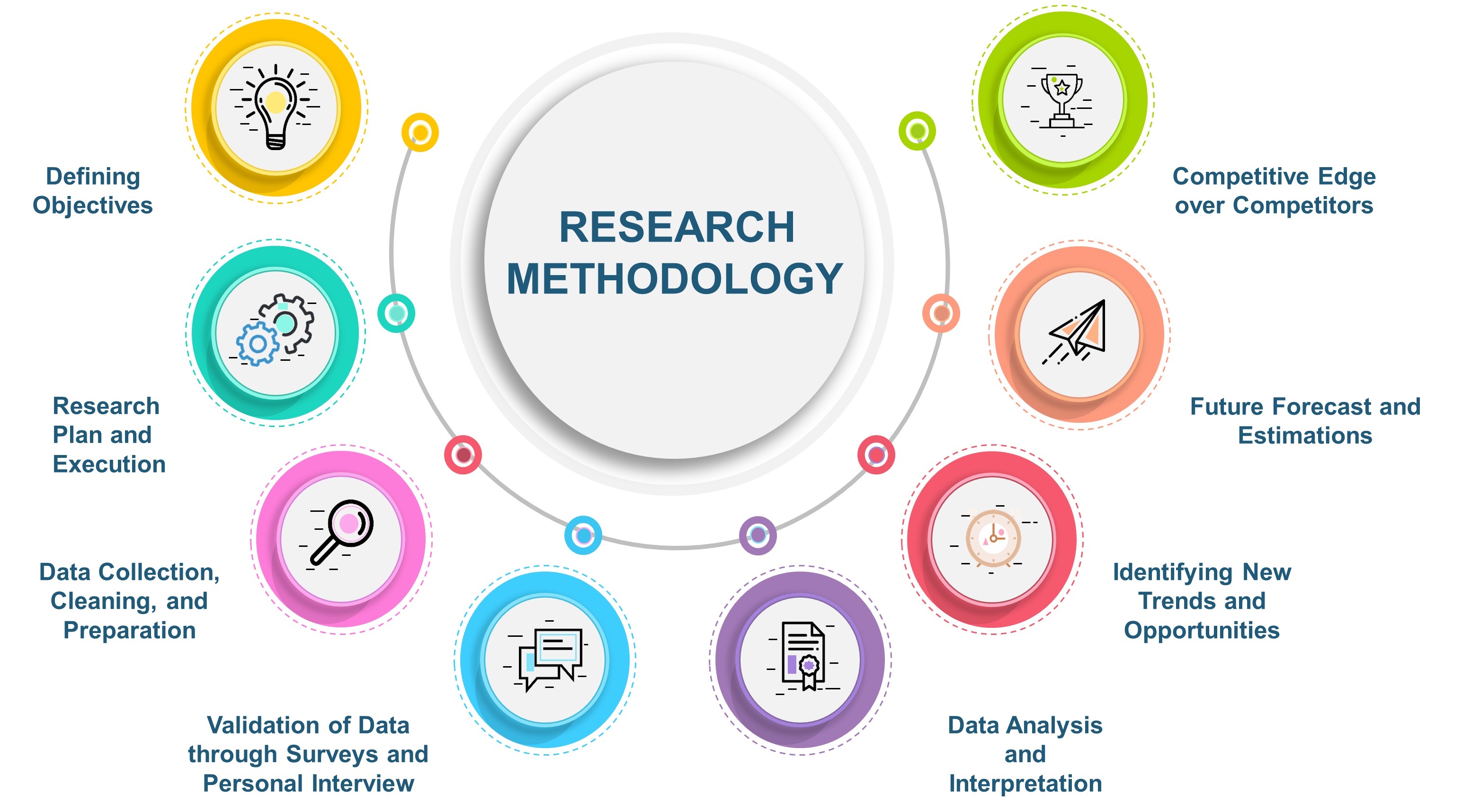
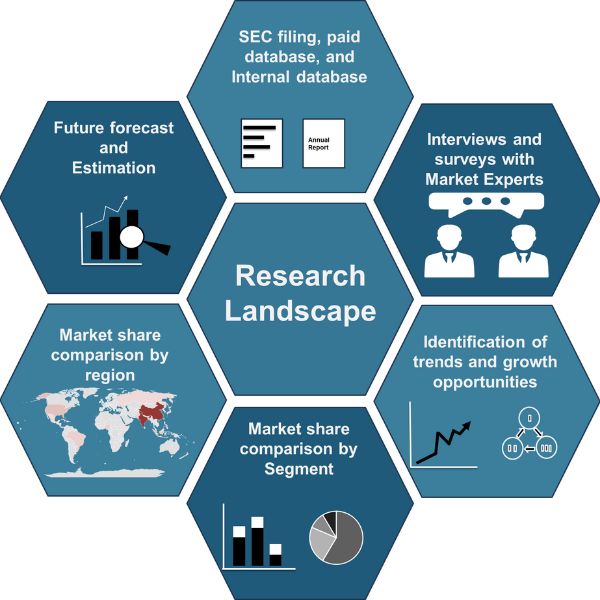





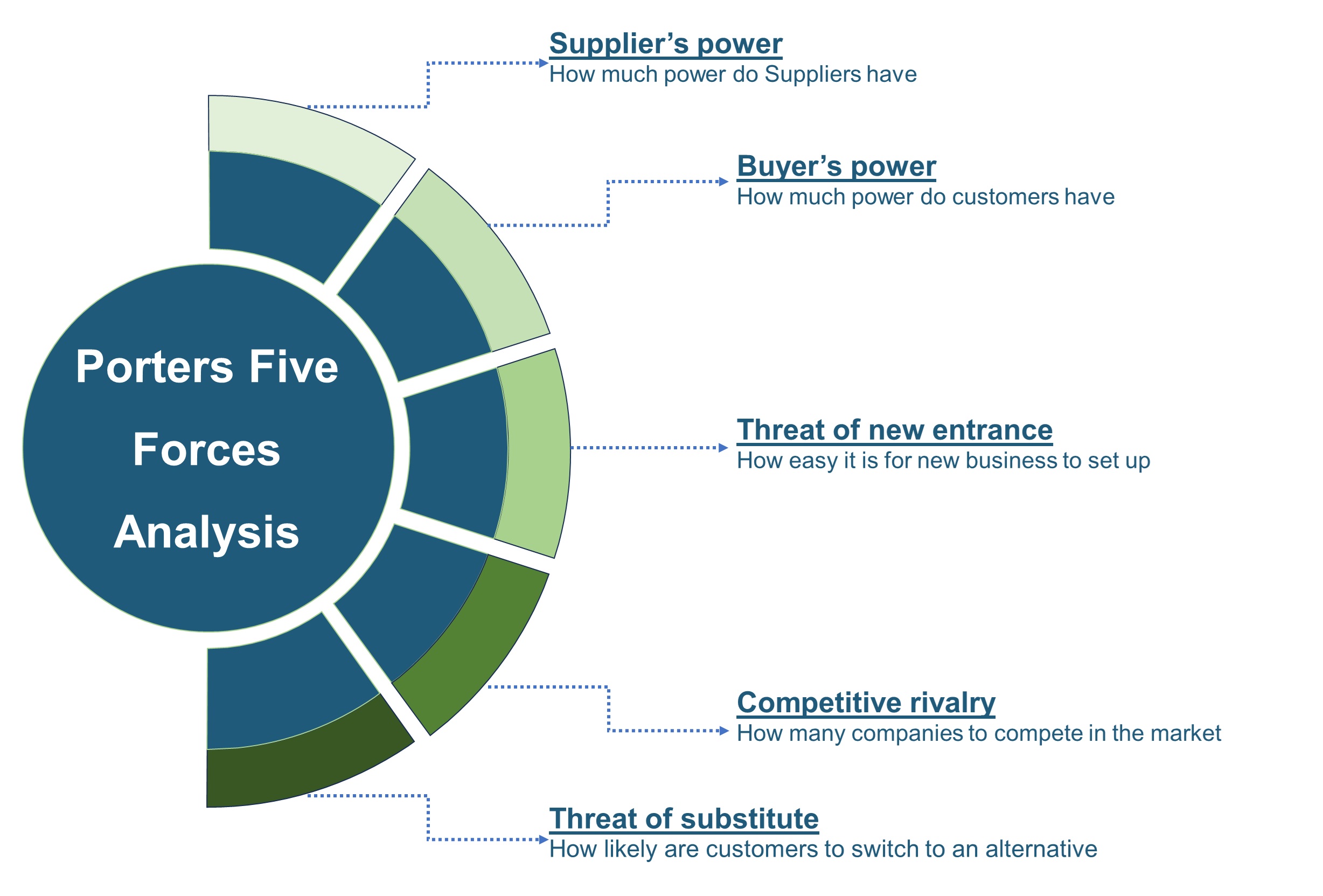

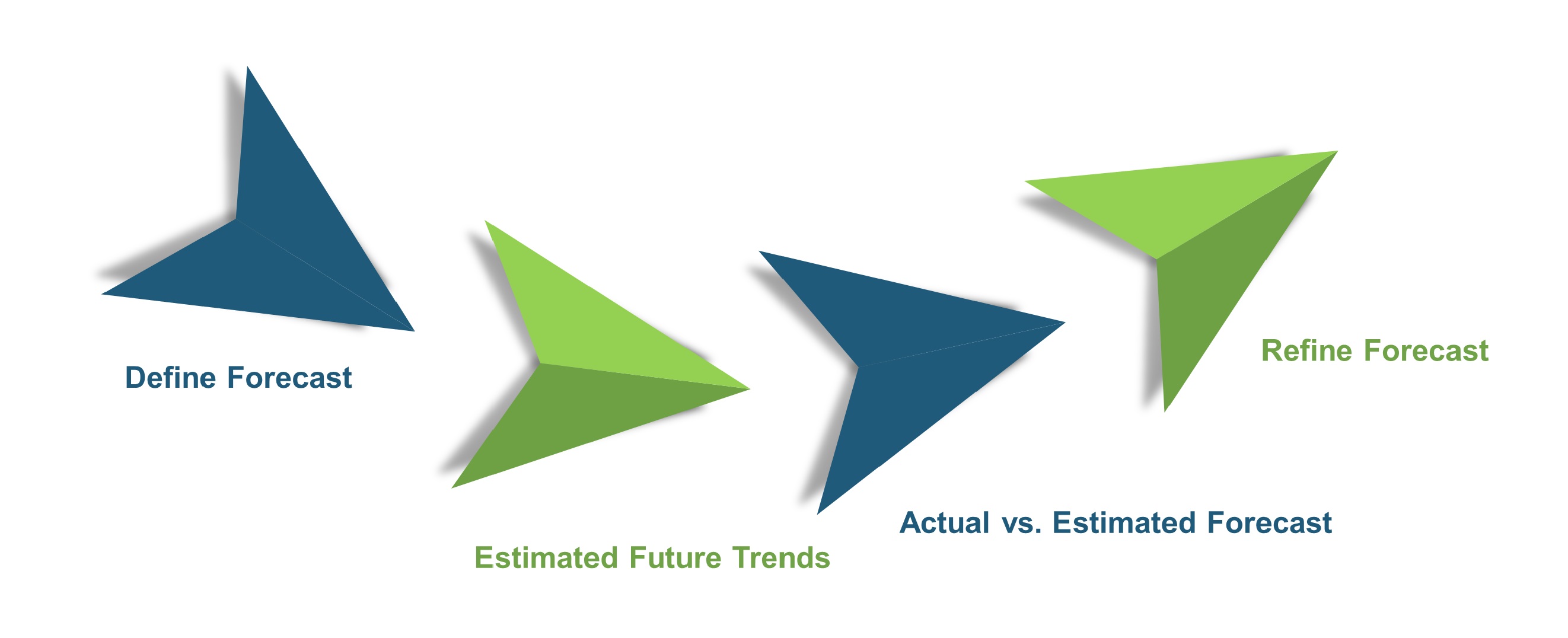
 Speak to Our Analyst
Speak to Our Analyst



